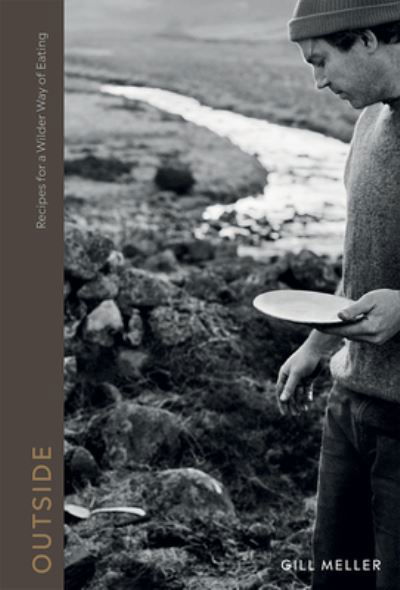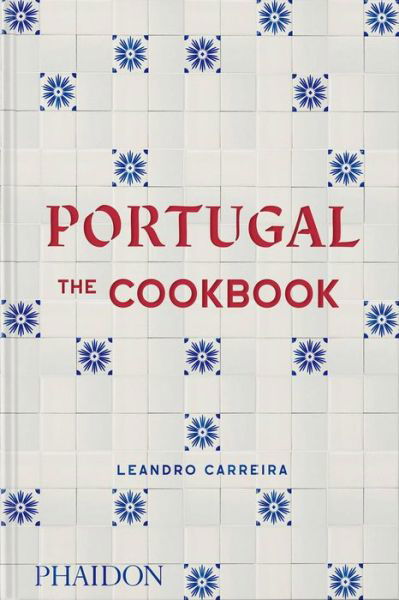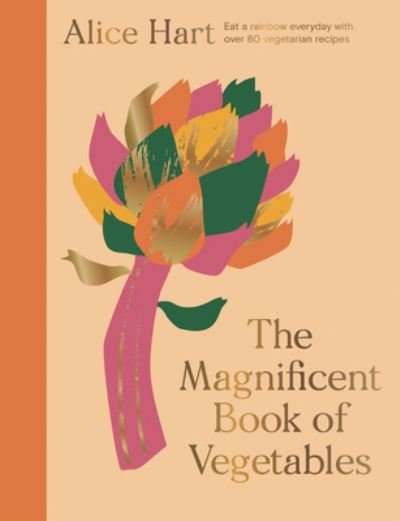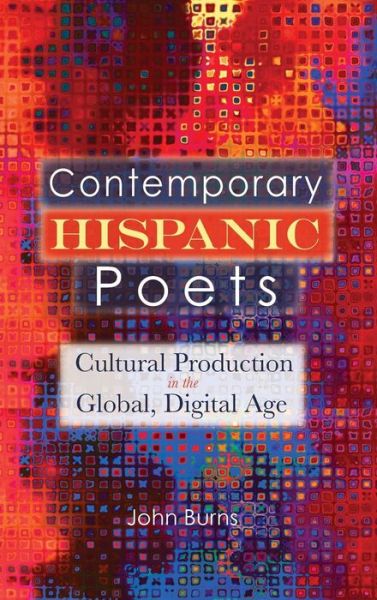
Tell your friends about this item:
Contemporary Hispanic Poets: Cultural Production in the Global, Digital Age
John Burns
Contemporary Hispanic Poets: Cultural Production in the Global, Digital Age
John Burns
Marc Notes: Includes bibliographical references and index. Publisher Marketing: Poets writing in Spanish by the end of the twentieth century had to contend with globalization as a backdrop for their literary production. They could embrace it, ignore it or potentially re-imagine the role of the poet altogether. This book examines some of the efforts of Spanish-language poets to cope with the globalizing cultural economy of the late twentieth century. This study looks at the similarities and differences in both text and context of poets, some major and some minor, writing in Chile, Mexico, the Mexican-American community and Spain. These poets write in a variety of styles, from highly experimental approaches to poetry to more traditional methods of writing. Included in this study are Chileans Raul Zurita and Cecilia Vicuna, Spaniards Leopoldo Maria Panero and Luis Garcia Montero, Mexicans Silvia Tomasa Rivera and Guillermo Gomez Pena, and Mexican-American Juan Felipe Herrera. Some of them embrace (and are even embraced by) media both old and new whereas others eschew it. Some continue their work in the vein of national traditions while others become difficult to situate within any one single national tradition. Exploring the varieties of strategies these writers employ, this book makes it clear that Spanish-language poets have not been exempt from the process of globalization. Individually, these poets have been studied to varying degrees. Globalization has been studied extensively from a variety of disciplinary approaches, particularly in the context of the Latin American region and Spain. However, it is a relative rarity to see poets being studied, as they are in this work, in terms of their relationship to globalization. Taken as a sample or snapshot of writing tendencies in Latin American and Spanish poetry of the late twentieth century, this book studies them as part of a greater circuit of cultural production by establishing their literary as well as extra-literary genealogies and connections. It situates these poets in terms of their writing itself as well as in terms of their literary traditions, their methods of contending with neoliberal economic models and global information flows from the television and Internet. Although many literary critics attempt to study the connections and relationships between poetry and the world beyond the page, few monographs go about it the way this one does. It takes a transatlantic approach to contemporary Spanish-language poetry, focusing on poets on poets from Spain and the American continent, emphasizing their connections, commonalities and differences across increasingly porous borders in the age of information. The relationship between text and context is explored with a cultural studies approach, more often associated with media studies than with literary studies. Literature is not treated as a privileged object of isolated study, but rather as a system of ideas and images that is deeply interwoven with other forms of human expression that have arisen in the last decades of the twentieth century. The result is a suggestive analysis of the figure of the poet in the broader globalized marketplace of cultural goods and ideas. Contemporary Hispanic Poets: Cultural Production in the Global, Digital Age is an important book for library collections in Spanish, Latin American and Iberian Studies, Chicano Studies. Contributor Bio: Burns, John John M. Burns john Burns initial work was as an illustrator for Junior Express and School Friend. During the 1960s, Burns worked on TV Century 21 and its sister magazines, including the Space Family Robinson series in "Lady Penelope." For a while he drew daily comics strips for newspapers The Daily Sketch, The Daily Mirror and The Sun, including The Seekers, Danielle and, for a period succeeding Enrique Romero during 1978-79, Modesty Blaise. He moved on to illustrate TV tie-in strips for now-defunct title Look-in, always scripted by Angus P. Allan, Burns was already well known by the start of the 1980s. He also worked on the title story for Countdown. It was when he made the crossover to 2000 AD, along with fellow Look-in alumni Jim Baikie and Arthur Ranson, that his position in British comics was cemented. Burns began by working on Judge Dredd, a strip to which he continues to contribute to this day. By his own admission (in a 2004 interview with David Bishop in the Judge Dredd Megazine), Burns does not enjoy drawing science fiction strips, and the look of Judge Dredd is one that he finds particularly unpleasant to draw. In 2007, Burns began working on the Nikolai Dante strip. He has also co-created (with Robbie Morrison) a contemporary adventure strip, The Bendatti Vendetta, for the Megazine, this is unique for the title in having no science fiction or fantasy elements at all. Burns is still very active as a painterly type of illustrator today.
| Media | Books Hardcover Book (Book with hard spine and cover) |
| Released | March 15, 2015 |
| ISBN13 | 9781604978940 |
| Publishers | Cambria Press |
| Genre | Cultural Region > Spanish |
| Pages | 208 |
| Dimensions | 152 × 229 × 16 mm · 476 g |
More by John Burns
Others have also bought
See all of John Burns ( e.g. Hardcover Book , Paperback Book , CD and Book )

 Christmas presents can be returned until 31 January
Christmas presents can be returned until 31 January



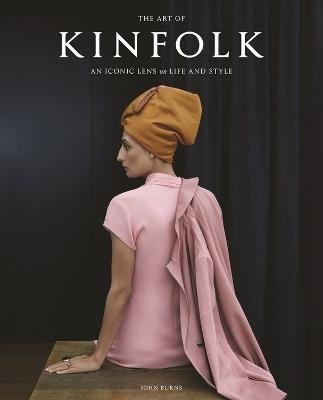


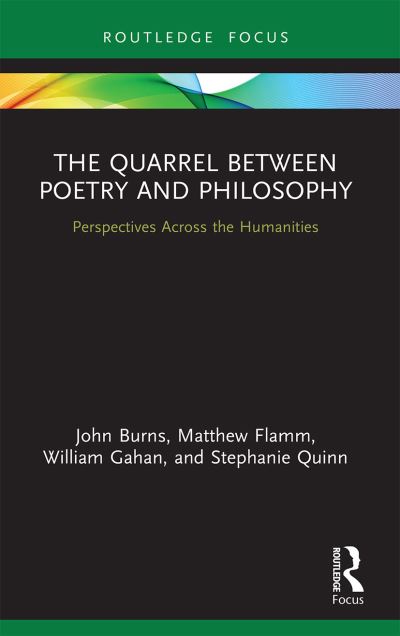



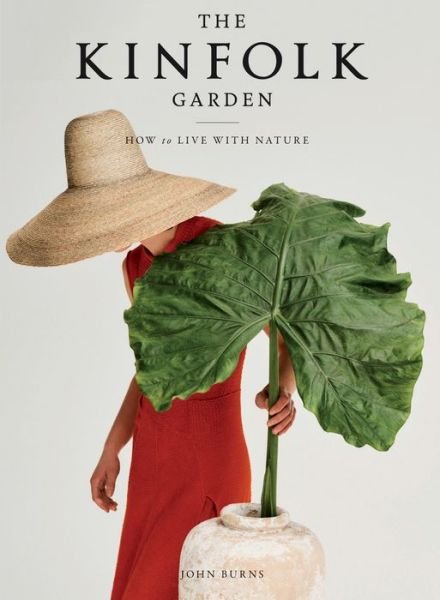

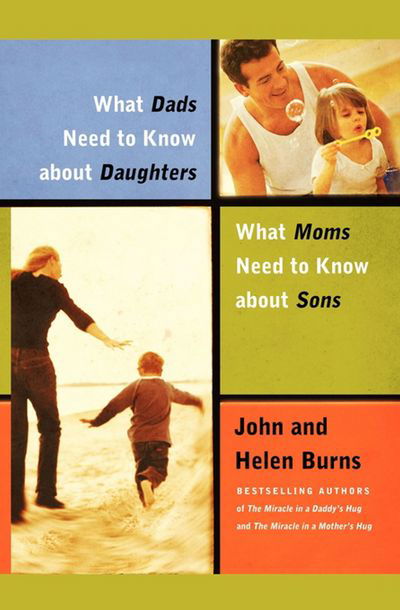
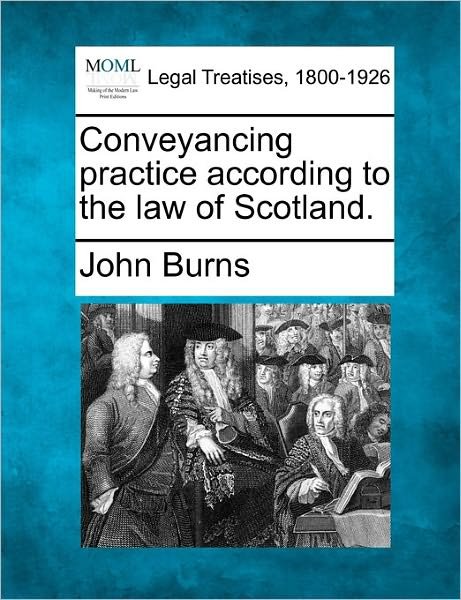

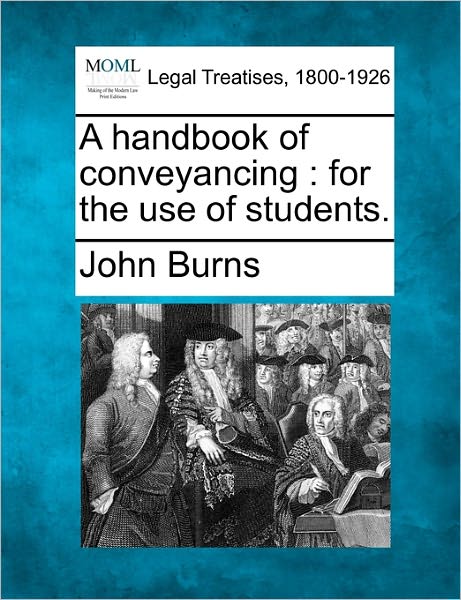


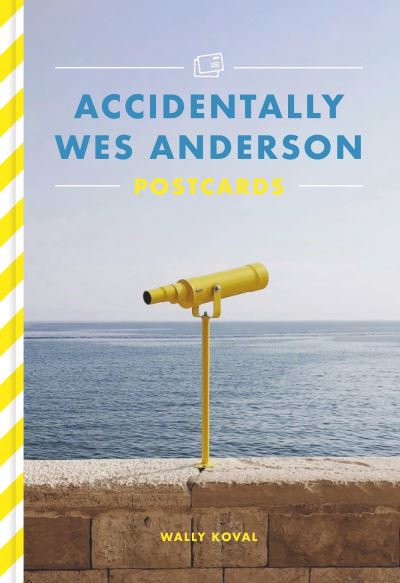
![Cover for David Frenkiel; Luise Vindahl · Green kitchen quick + slow (Bound Book) [1st edition] (2022)](https://imusic.b-cdn.net/images/item/original/930/9788740078930.jpg?david-frenkiel-luise-vindahl-2022-green-kitchen-quick-slow-bound-book&class=scaled&v=1654081655)
![Cover for Haruki Murakami · At skille sig af med en kat (Bound Book) [1st edition] (2022)](https://imusic.b-cdn.net/images/item/original/161/9788772048161.jpg?haruki-murakami-2022-at-skille-sig-af-med-en-kat-bound-book&class=scaled&v=1652715180)
![Cover for Josefine Klougart · Alt dette kunne du få (Sewn Spine Book) [1st edition] (2021)](https://imusic.b-cdn.net/images/item/original/493/9788793658493.jpg?josefine-klougart-2021-alt-dette-kunne-du-faa-sewn-spine-book&class=scaled&v=1634388806)

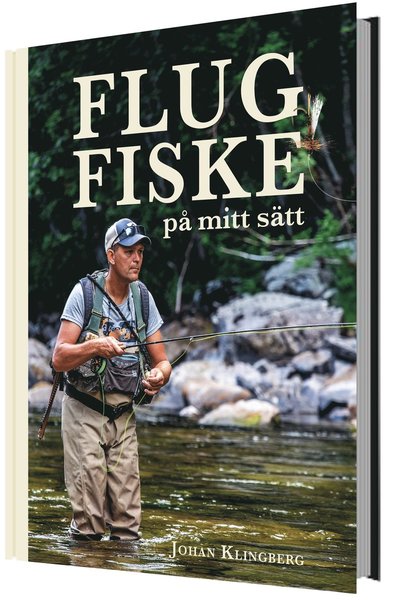

![Cover for Meyers Madhus · Meyers Surdejsskole (Bound Book) [1st edition] (2022)](https://imusic.b-cdn.net/images/item/original/312/9788711988312.jpg?meyers-madhus-2022-meyers-surdejsskole-bound-book&class=scaled&v=1663775975)
![Cover for Malene Lei Raben · Havemenneske (Bound Book) [1st edition] (2022)](https://imusic.b-cdn.net/images/item/original/336/9788702346336.jpg?malene-lei-raben-2022-havemenneske-bound-book&class=scaled&v=1644855775)

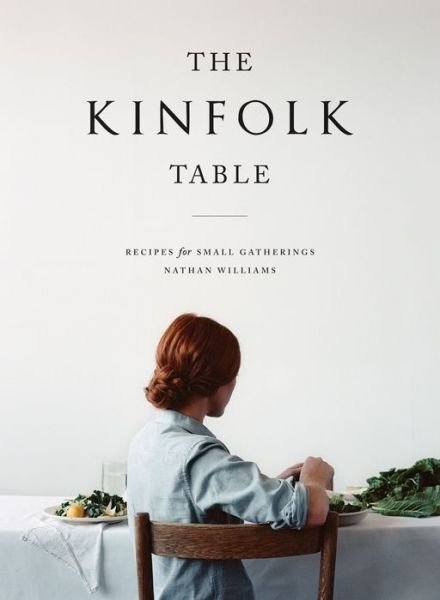
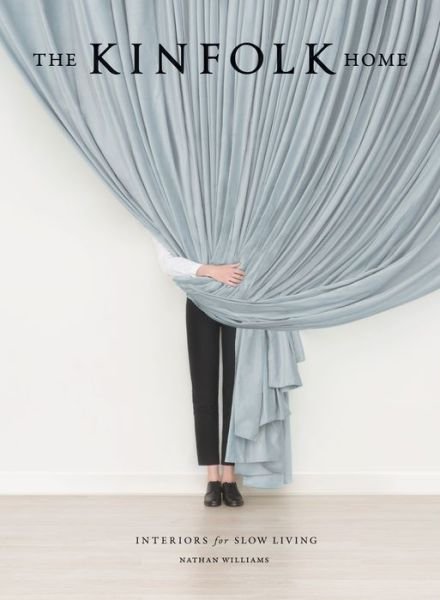
![Cover for Ebony Bizys · Hello Sandwich Japan: A Travel Guide by Creative Ebony Bizys (Paperback Book) [First Edition, Paperback edition] (2021)](https://imusic.b-cdn.net/images/item/original/841/9781741176841.jpg?ebony-bizys-2021-hello-sandwich-japan-a-travel-guide-by-creative-ebony-bizys-paperback-book&class=scaled&v=1619302965)

